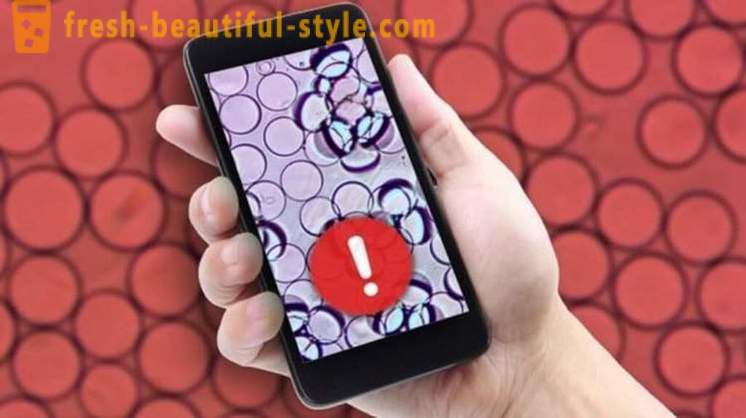The MIT have developed a simple test to determine the quality of products
Often determine the quality of the product is not as easy as it seems. If the "look and smell" we can still see fresh food or not, here to identify bacterial contamination is already required laboratory examination. A bacteria - a very big problem. According to statistics, only 73,000 calls about E. coli infection and 60 deaths from intestinal infections each year in the United States. Help each person to control the purity of the product meant to the invention of engineers from MIT. Their test system is extremely easy to use, and the result can be seen even with the naked eye or using a smartphone app.

is responsible for the development chemistry professor Timothy Suegger. In 2015, his team developed a way to produce complex droplets (or, as they are called, Janus drops). Their uniqueness lies in the fact that they consist of two hemispheres. One consists of a hydrocarbonyl, the other - from the fluorocarbon. Second material denser first, so it is the "bottom" is always located. Due to the peculiarities of the structure, the light is refracted inside the droplets Janus so that when viewed from the "top" - they are transparent, and if the "side", then opaque. But all of these properties to create a system test is not enough. In order to perfect his invention, scientists from MIT combined with complex drops monosaccharide mannose. It may be combined with the lectin secreted by Escherichia coli, and the presence of several such "foci" is able to merge with them. These actions lead to the fact that when in the test sample of E. coli strains drops change their spatial orientation and become visible.
It is now undergoing the final stage of technology testing in the laboratory. Experts at MIT plan to create a matrix of several smaller cells, each of which will Janus particles, "tuned" to a specific pathogen, and will have a QR-code on the bottom of each cell. Upon contact with the bacteria droplets coalesce and the code can not be considered. When the test phase is completed, scientists will be able to issue a simple application, which, after applying the solution to the product "on the picture" says this product is dangerous or not.






























